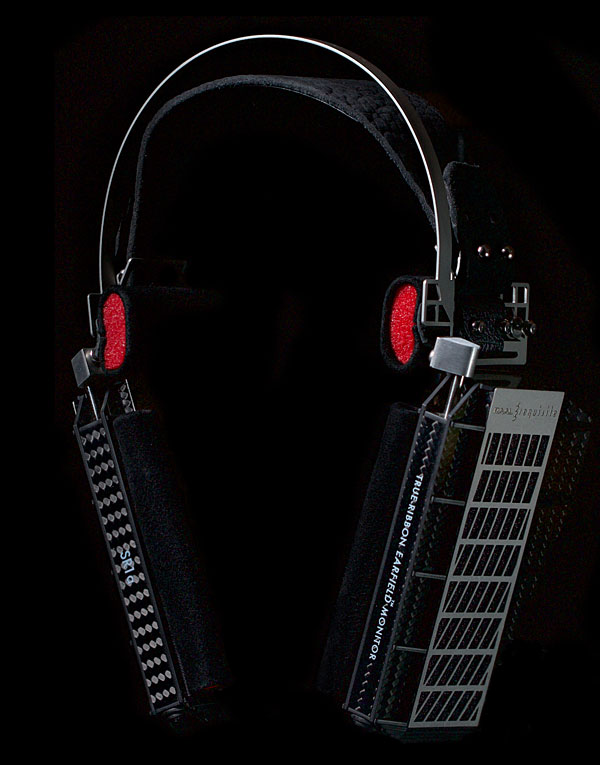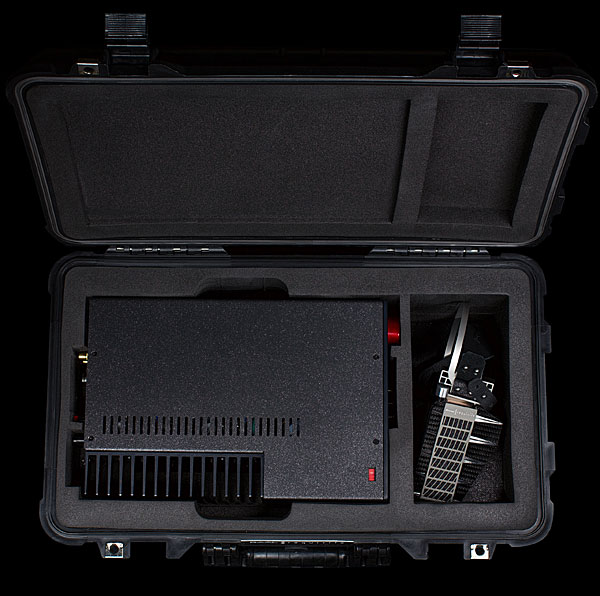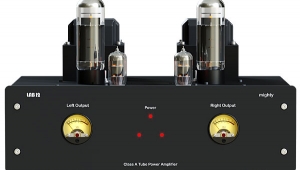| Columns Retired Columns & Blogs |
As always, I love the journey your articles take us on. Champion Jack Dupree is wailing through my bedroom/office (what a tragedy) speakers now, probably loud enough to raise some collective eyebrows from the wife, toddler, and nanny downstairs. One day I’d love to hear the level of headphone refinement you write about here, but so far I’ve found the DragonFly Red and Sony MDR-7506 combo to be the point of diminishing returns — at $300! I took the Sonys in to the local brick and mortar shop and lined them up against Focal Clears and Stellias at their headphone bar and just couldn’t justify the difference. The salesman did me a solid though by making me try out that DragonFly Red; I was hooked after the first few bars. The Blue had more ease to the sound, but as a percussionist (alas, in a past life at this point) I enjoyed the extra impact I heard through the Red.







































